Allen, Glover M. 1940. The Mammals of China and Mongolia. With 41 Distribution Maps and 11 other Illustrations in the Text and with 11 Plates. Natural History of Central Asia. New York: The American Museum of Natural History, Vol. XI, Part 2.
- Available via Internet Archive at: https://archive.org/details/mammalsofchinamo02alle
Baskin, Leonard. 2003. "Siberian Musk Deer: Moschus moschiferus." Pp. 340-341 in Grzimek's Animal Life Encyclopeda, 2nd edition. Volume 15, Mammals IV, edited by Michael Hutchins, Devra G. Kleiman, Valerius Geist, and Melissa C. McDade. Farmington Hills, MI: Gale Group.
Bedard, Frank Evers. 1902. The Cambridge Natural History. Vol. X: Mammalia. London: Macmillan and Co., Limited; New York: The Macmillan Company.
- Available via Biodiversity Heritage Library at: http://biodiversitylibrary.org/page/1005914
Bisby, F.A.; Roskov, Y.R.; Orrell, T.M.; Nicolson, D.; Paglinawan, L.E.; Bailly, N.; Kirk, P.M.; Bourgoin, T.; Baillargeon, G.; and Ouvrard, D. (red.). 2011. "Moschus moschiferus Linnaeus, 1758." Species 2000 & ITIS Catalogue of Life: 2011 Annual Checklist. Reading, UK. Retrieved November 29, 2014.
- Available at: http://www.catalogueoflife.org/annual-checklist/2011/details/species/id/6903820
Boudet, Charles. “Species Sheet: Taiga Musk Deer, Siberian Musk Deer.” Mammals’ Planet. Retrieved November 29, 2014.
- Available at: http://www.planet- mammiferes.org/drupal/en/node/38?indice=Moschus+moschiferus
Boudet, Charles. “Subspecies Sheet [Moschus moschiferus altaicus].” Mammals’ Planet. Retrieved November 29, 2014.
- Available at: http://www.planet-mammiferes.org/drupal/en/node/39?indice=Moschus+moschiferus+altaicus
Boudet, Charles. “Subspecies Sheet [Moschus moschiferus arcticus].” Mammals’ Planet. Retrieved November 29, 2014.
- Available at: http://www.planet-mammiferes.org/drupal/en/node/39?indice=Moschus+moschiferus+arcticus
Boudet, Charles. “Subspecies Sheet [Moschus moschiferus turowi].” Mammals’ Planet. Retrieved November 29, 2014.
- Available at: http://www.planet-mammiferes.org/drupal/en/node/39?indice=Moschus+moschiferus+turowi
Boudet, Charles. “Subspecies Sheet: Himalayan Musk Deer, Indian Musk Deer, Siberian Musk Deer.” Mammals’ Planet: Vs n°4, 04/2010. Retrieved November 29, 2014.
- Available at: http://www.planet-mammiferes.org/drupal/en/node/39?indice=Moschus+moschiferus+moschiferus
Boudet, Charles. “Subspecies Sheet: Korean Musk Deer, Far East Musk Deer.” Mammals’ Planet: Vs n°4, 04/2010. Retrieved November 29, 2014.
- Available at: http://www.planet-mammiferes.org/drupal/en/node/39?indice=Moschus+moschiferus+parvipes
Boudet, Charles. “Subspecies Sheet: Sakhalin Musk Deer.” Mammals’ Planet: Vs n°4, 04/2010. Retrieved November 29, 2014.
- Available at: http://www.planet-mammiferes.org/drupal/en/node/39?indice=Moschus+moschiferus+sachalinensis
Boudet, Charles. “Subspecies Sheet: Siberian Musk Deer, Kabarga.” Mammals’ Planet: Vs n°4, 04/2010. Retrieved November 29, 2014.
- Available at: http://www.planet-mammiferes.org/drupal/en/node/39?indice=Moschus+moschiferus+sibiricus
Cuvier, Fréderic. 1816 - 1829. Dictionnaire des sciences naturelles: Planches. 2e partie: règne organisé. Zoologie, Mammiféres. Paris: F.G. Levrault.
- Available via Biodiversity Heritage Library at: http://biodiversitylibrary.org/page/24392850
Finn, Frank. n.d. The Wild Beasts of the World. Illustrated with 100 Reproductions in Full Colours from Drawings by Louis Sargent, Cuthbert E. Swan, and Winifred Austin. Volume Two. London: T.C. & E.C. Jack.
- Available via Biodiversity Heritage Library at: http://biodiversitylibrary.org/page/19080293
Flerov, Konstantin Konstantinovich. 1952. Musk Deer and Deer. Moscow, Russia: Academy of Sciences of the USSR.
Fontanier, Henri Victor, trans. 1903. Une Mission Chinoise en Annam (1840 - 1841). Traduit du chinois par feu Henri Fontanier. Relation inédite publiée par M. Henri Cordier. Leiden, Netherlands, E.J. Brill.
- Available via Internet Archive at: https://archive.org/details/unemissionchino00fontgoog
Groves, C.P. 2011. "Family Moschidae (Musk-Deer)." In Handbook of the Mammals of the World. Volume 2: Hooved Mammals edited by D.E. Wilson and R.A. Mittermeier. Barcelona, Spain: Lynx Edicions.
Groves, C.P.; and Grubb, P. 1987. "Relationships of Living Deer." Pp. 1-40 in Biology and Management of the Cervidae edited by C. Wemmer. Washington, D.C.: Smithsonian Institution Press.
Groves, C.P.; Yingxiang, W.; and Grubb, P. 1995. "Taxonomy of Musk-Deer, Genus Moschus (Moschidae, Mammalia)." Acta Theriologica Sinica 15(3):181-197.
Grubb, P. 2005. "Artiodactyla." Pp. 637-722 in Mammal Species of the World. A Taxonomic and Geographic Reference (3rd Edition) edited by D.E. Wilson and D.M. Reeder. Baltimore, MD: Johns Hopkins University Press.
Grubb, P. 1982. "The Systematics of Sino-Himalayan Musk Deer (Moschus), with Particular Reference to the Species Described by B.H. Hodgson." Saeugetierkundliche Mitteilungen. 30:127–135.
Heptner, V.G.; Nasimovich, A.A.; and Bannikov, A.G. (eds.). 1989. Mammals of the Soviet Union, New York, NY: E.J. Brill.
Hope, A.D. “Moschus Moschiferus: A Song for St. Cecilia’s Day.” Australian Poetry Library: Poets > Hope, A.D. Retrieved November 29, 2014.
- Available at: http://www.poetrylibrary.edu.au/poets/hope-a-d/moschus-moschiferus-0559004
Huffman, Brent. 22 March 2004. “Moschus moschiferous: Siberian Musk Deer.” Ultimate Ungulate.com: Ultimate Ungulate Fact Sheet > Artiodactyla. Retrieved November 29, 2014.
- Available at: http://www.ultimateungulate.com/Artiodactyla/Moschus_moschiferus.html
Lkhagvasuren, Badamjav; and Vaisman, Alexey. “Siberian Musk Deer -- Moschus moschiferus.” Large Herbivore Network/ECNC: Species > Large Herbivore Database > Musk Deer (Artiodactyla Moschidae). Retrieved November 29, 2014.
- Available at: http://www.lhnet.org/siberian-musk-deer/
Milne-Edwards, Henri, et Alphonse Milne-Edwards. 1868 - 1874. Recherches pour servir à l'histoire naturelle des mammifères: comprenant des considérations sur la classification de ces animaux. Tome premier: Texte. Paris: G. Masson.
- Available via Biodiversity Heritage Library at: http://biodiversitylibrary.org/page/39524127
Milne-Edwards, Henri, et Alphonse Milne-Edwards. 1868 - 1874. Recherches pour servir à l'histoire naturelle des mammifères: comprenant des considérations sur la classification de ces animaux. Tome seconde: Atlas. Paris: G. Masson.
- Available via Biodiversity Heritage Library at: http://biodiversitylibrary.org/page/39564070
“Moschus moschiferus Linnaeus, 1758.” ITIS Report: Taxonomic Serial No. 625041. Integrated Taxonomic Information System. Retrieved November 29, 2014.
- Available at: http://www.itis.gov/servlet/SingleRpt/SingleRpt?search_topic=TSN&search_value=625041
“Moschus moschiferus: Taiga Musk Deer.” Encyclopedia of Life. Retrieved November 29, 2014.
- Available at: http://eol.org/pages/328320/details
Mulder, Jeremy. 1999. "Moschus moschiferus: Siberian Musk Deer (Online)." Animal Diversity Web. University of Michigan Museum of Zoology. Retrieved November 29, 2014.
- Available at: http://animaldiversity.ummz.umich.edu/accounts/Moschus_moschiferus/
“Musk.” Drugs.com. Retrieved November 29, 2014.
- Available at: http://www.drugs.com/npp/musk.html
“Musk Deer.” I Love India.com: Wildlife in India > Indian Wild Animals > Deer. Retrieved November 29, 2014.
- Available at: http://www.iloveindia.com/wildlife/indian-wild-animals/deer/musk-deer.html
“Musk deer: Moschus moschiferus.” herbs2000.com:” Homeopathy > Moschus. Retrieved November 29, 2014.
- Available at: http://www.herbs2000.com/homeopathy/moschus.htm
Myers, P.; Espinosa, R.; Parr, C.S.; Jones, T.; Hammond, G.S.; and Dewey, T.A. 2014. "Moschus moschiferus: Siberian Musk Deer (Online)." The Animal Diversity Web. University of Michigan Museum of Zoology. Retrieved November 29, 2014.
- Available at: http://animaldiversity.ummz.umich.edu/accounts/Moschus_moschiferus/classification/#Moschus_moschiferus
Nowak, R.M. 1999. Walker’s Mammals of the World. Sixth edition. Baltimore, MD; and London, England: The Johns Hopkins University Press.
Nyambayar, B.; Mix, H.; and Tsytsulina, K. 2008. Moschus moschiferus. The IUCN Red List of Threatened Species. Version 2014.3. International Union for Conservation of Nature and Natural Resources. Retrieved November 29, 2014.
- Available at: http://www.iucnredlist.org/details/full/13897/0
Pickrell, John. 7 September 2004. “Poachers Target Musk Deer for Perfumes, Medicines.” National Geographic.com: News. Retrieved November 29, 2014.
- Available at: http://news.nationalgeographic.com/news/2004/09/0907_040907_muskdeer.html
Rue, Dr. Leonard Lee III. 2003. The Encyclopedia of Deer: Your Guide to the World's Deer Species, Including Whitetails, Mule Deer, Caribou, Elk, Moose, and More. Stillwater MN: Voyageur Press.
Runesson, Ulf T. “Moschus moschiferus: Siberian Musk Deer.” Boreal Forest.org: World > Mammals. Thunder Bay, Ontario, Canada: Lakehead University Faculty of Natural Resources Management. Retrieved November 29, 2014.
- Available at: http://www.borealforest.org/world/mammals/siberian_musk_deer.htm
“Siberian Musk Deer.” Animal Info & Endangered Animals: Species. Retrieved November 29, 2014.
- Available at: http://www.animalinfo.org/species/artiperi/moscmosc.htm
“Siberian Musk Deer.” Konica Minolta.com: Kids > Our Endangered Animals > Endangered Animals List. Retrieved November 29, 2014.
- Available at: http://www.konicaminolta.com/kids/endangered_animals/library/field/siberian-musk-deer.html
“Siberian Musk Deer (Moschus moschiferus).” ARKive.org: Species > Mammals. Retrieved November 29, 2014.
- Available at: http://www.arkive.org/siberian-musk-deer/moschus-moschiferus/
“Siberian Musk Deer (Moschus moschiferus).” iNaturalist.org: Observations > Species. California Academy of Sciences. Retrieved November 29, 2014.
- Available at: http://www.inaturalist.org/taxa/42144-Moschus-moschiferus
“Siberian Musk Deer Pictures and Facts.” The Website of Everything: Animals > Mammals > Artiodactyla > Moschidae > Moschus. Retrieved November 29, 2014.
- Available at: http://thewebsiteofeverything.com/animals/mammals/Artiodactyla/Moschidae/Moschus/Moschus-moschiferus.html
Smith, A.; and Xie, Y. 2008. The Mammals of China. Princeton, NJ: Princeton University Press.
Su, B.; Wang, Y.X.; Lan, H.; Wang, W.; and Zhang, Y. P. 2001. "Phylogenetic Study of Complete Cytochrome b Genes in Musk Deer (Genus Moschus) Using Museum Samples." Molecular Phylogenetics and Evolution 12(3):241-249.
Wang, Y.; Ma, S.; and Li, C. 1993. "The Taxonomy, Distribution and Status of Forest Musk Deer in China." Pp. 22-30 in Deer of China. Biology and Management edited by N. Ohtaishi and H.-I. Sheng. Amsterdam, Netherlands: Elsevier.
Whitehead, K. G. 1993. The Whitehead Encyclopedia of Deer. Stillwater, MN: Voyageur Press, Inc.
Yang, Q.S.; Meng, X.X.; Xia, L.; and Lin Feng, Z.J. 2003. "Conservation Status and Causes of Decline of Musk Deer (Moschus spp.) in China." Biological Conservation 109:333-342.


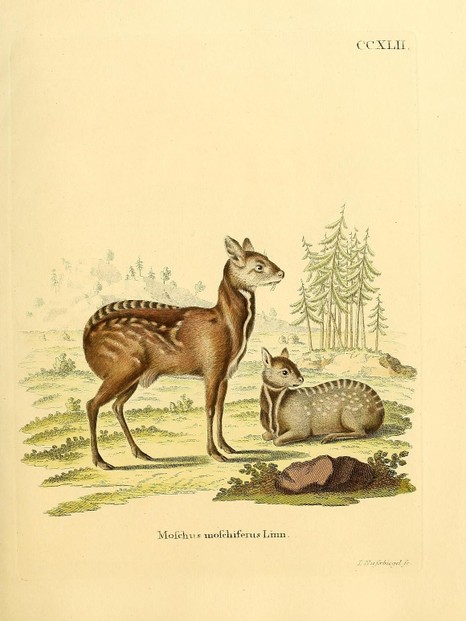
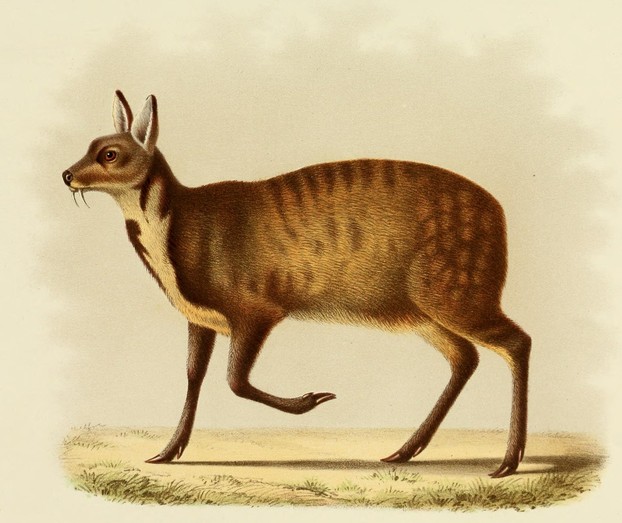
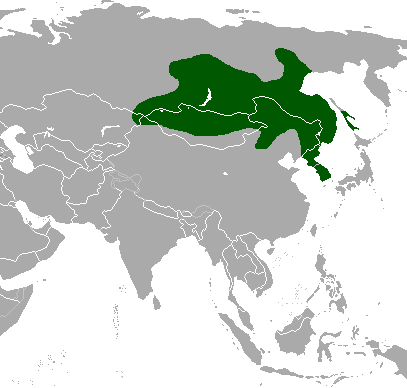
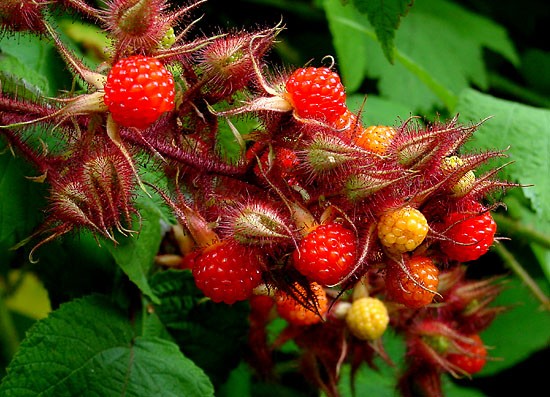
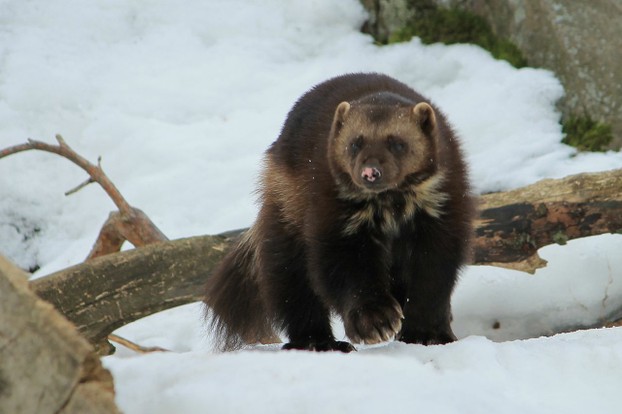
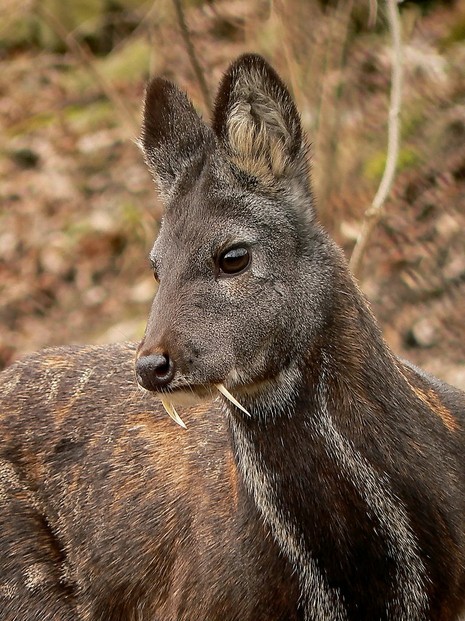
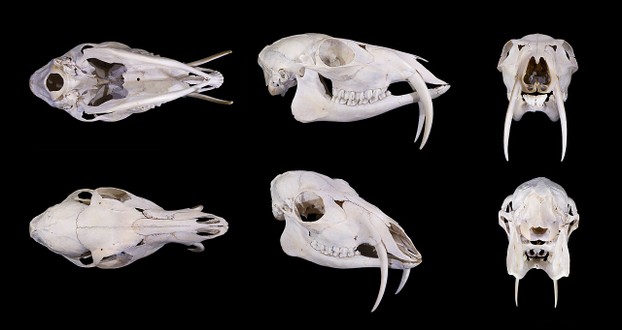
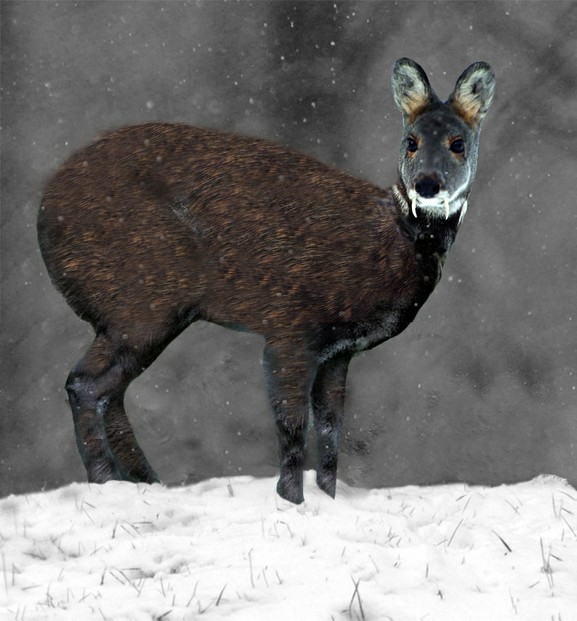
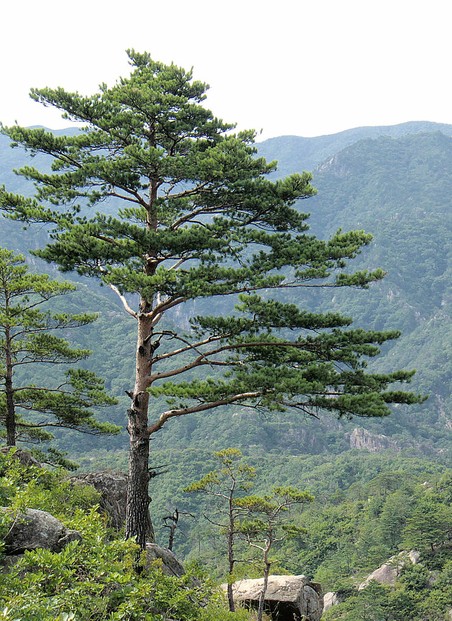
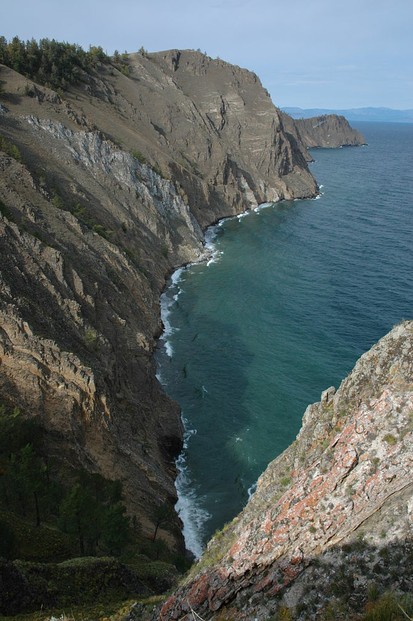
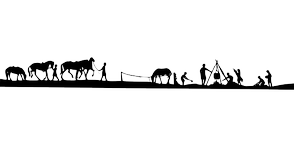

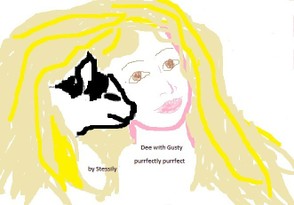
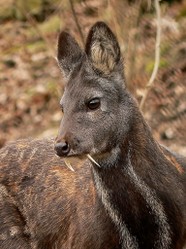

 Are Hawaiian Huakai Po Nightmarchers Avenging Halloween Thursday?on 10/02/2024
Are Hawaiian Huakai Po Nightmarchers Avenging Halloween Thursday?on 10/02/2024
 Mailing Addresses for 2023 Form 4868 Extending 1040 and 1040SR April 15, 2024, Due Dateon 04/15/2024
Mailing Addresses for 2023 Form 4868 Extending 1040 and 1040SR April 15, 2024, Due Dateon 04/15/2024
 Mailing Addresses for 2023 Forms 1040 and 1040SR Filed in 2024on 04/15/2024
Mailing Addresses for 2023 Forms 1040 and 1040SR Filed in 2024on 04/15/2024
 Mailing Addresses for 2022 Form 4868 Extending 1040 and 1040SR April 18, 2023, Due Dateon 04/13/2023
Mailing Addresses for 2022 Form 4868 Extending 1040 and 1040SR April 18, 2023, Due Dateon 04/13/2023

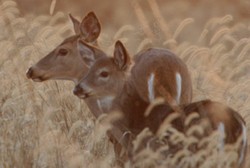
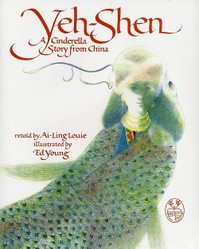
Comments